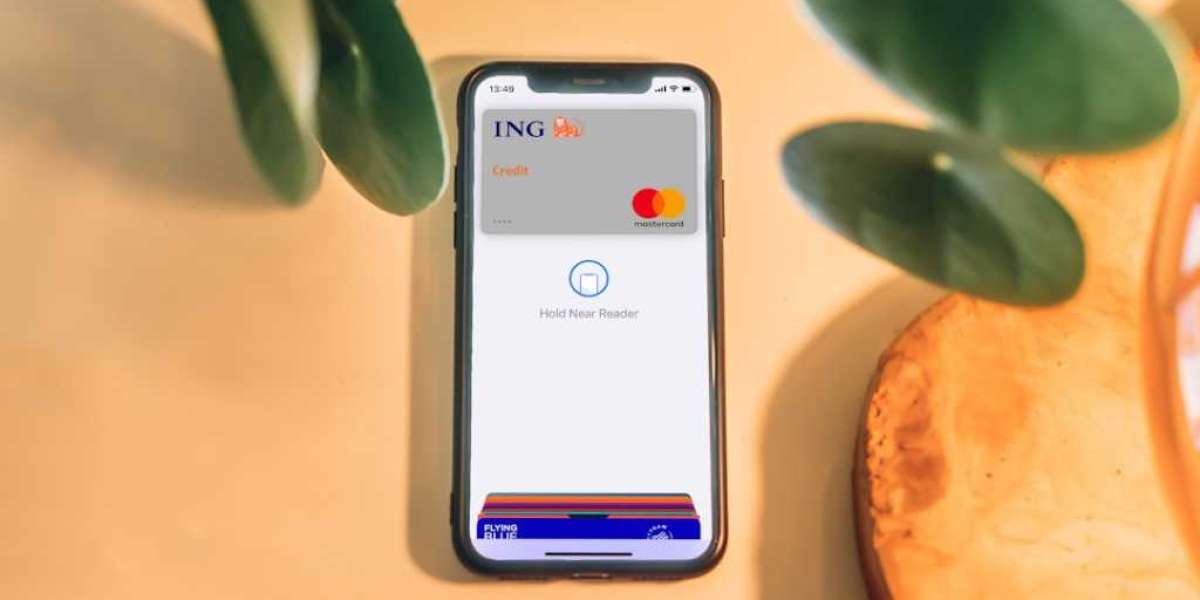These shorthand notations serve a crucial purpose in helping you identify where your money is going. For example, you might find yourself asking, "what does G2G show on credit card statement?" Understanding how to decode these symbols can empower you to take control of your finances.
Let’s dive into the world of cryptic abbreviations on credit card statements and unravel how they help pinpoint charges more effectively than you'd imagine.
The Purpose of Using Abbreviations on Credit Card Statements
Credit card statements are designed to provide a clear snapshot of your spending. However, they often come with cryptic abbreviations that can leave many scratching their heads. The primary purpose behind these abbreviations is space-saving. With limited room on a statement, financial institutions need a way to convey essential details without overwhelming the reader.
These shorthand notations also streamline processing for banks and credit companies. By standardizing entries, it becomes easier to track transactions across various platforms. This is especially useful when using a business credit card for personal use, as it helps maintain a clear overview of expenditures.
Additionally, using abbreviations helps maintain confidentiality. Full merchant names might reveal more than you want about your purchasing habits and preferences. While these codes may seem confusing at first glance, they serve important functions in ensuring clarity and efficiency in your personal finance management.
Examples of Common Cryptic Abbreviations and Their Meanings
Navigating your credit card statement can be tricky, especially with all those cryptic abbreviations.
A common one is "AMZN," which stands for Amazon. If you see this, it likely indicates a purchase from the online retail giant.
Another frequent abbreviation is “STAR,” often referring to Starbucks transactions. It’s handy for coffee lovers tracking their caffeine expenses.
You might also come across “WMT” on your statement. This represents Walmart purchases, making it easier to spot grocery spending.
Then there’s “PPAL,” which means PayPal. If you’ve made payments through this platform, keep an eye out for these letters.
Understanding these abbreviations simplifies monitoring your finances and ensures no unexpected charges slip through unnoticed.
Benefits of Using Cryptic Abbreviations on Credit Card Statements
Cryptic abbreviations on credit card statements offer several advantages. They save space, allowing for a cleaner and more organized layout. This is especially helpful when multiple transactions are listed.
Using abbreviations also speeds up the transaction review process. Instead of lengthy vendor names, you get concise identifiers that make scanning through charges quicker.
Additionally, they can enhance privacy by obscuring specific details about purchases. This can help protect sensitive information from prying eyes if your statement is shared or accessed by others.
For frequent shoppers or travelers, these abbreviations can simplify record-keeping. Recognizing patterns in spending becomes easier when familiar codes are used consistently across statements.
It encourages users to familiarize themselves with their spending habits as they decode each charge. Understanding what each abbreviation means cultivates financial literacy and awareness over time.
How to Identify Charges With Cryptic Abbreviations
Identifying charges with cryptic abbreviations can be tricky but manageable. Start by looking for patterns in the letters and numbers used. Companies often use recognizable portions of their names, making it easier to decipher.
You might also want to cross-reference your recent purchases. Compare each abbreviation against receipts or confirmations from online transactions. This can clarify what a charge might represent.
Another useful strategy is to research common abbreviations online. Many resources list typical acronyms that credit card companies employ, which could help you make sense of mysterious entries.
Don’t hesitate to reach out directly to your bank or credit card provider if confusion persists. They have customer service teams ready to assist with these queries, ensuring you're informed about where your money goes.
Tips for Managing and Understanding Your Credit Card Statements
Regularly review your credit card statements. Make it a habit to check them each month. This helps you catch any discrepancies or unauthorized charges early on.
Use online banking tools for easier tracking. Most banks offer digital statements and mobile apps that make managing finances straightforward. You can categorize expenses, set budgets, and gain insights into your spending habits.
Consider keeping a personal log of your transactions. Jot down purchases as they happen to match against your statement later. It’s an effective way to ensure nothing slips through the cracks.
Don’t hesitate to contact customer service for clarification. If cryptic abbreviations leave you puzzled, reach out for assistance immediately rather than letting confusion linger.
Educate yourself about common charge codes and merchant abbreviations used by retailers and services you frequently use. Familiarity will help demystify those baffling entries in future statements.
Conclusion
Navigating through credit card statements can sometimes feel like deciphering a foreign language. The cryptic abbreviations used to denote various charges may leave you puzzled. However, these shorthand notations serve an important purpose in helping you understand your spending habits and identify where your money is going.
By familiarizing yourself with common abbreviations, such as "AMZN" for Amazon or "PAYPAL" for PayPal transactions, you'll be able to track your purchases more efficiently. This knowledge empowers you to recognize unauthorized charges quickly and manage your finances better.
The benefits of using these abbreviations extend beyond mere identification; they also streamline financial reporting and enhance security. They allow issuers to present detailed transaction information without overwhelming consumers with extensive text.
When reviewing your statement, take the time to cross-reference any unfamiliar entries online or within the credit card issuer's app. Keeping organized records will aid in identifying discrepancies while reducing stress during reconciliation at month-end.
Embracing this understanding transforms what once seemed like a jumble of letters into meaningful insights about your spending behavior. By mastering the art of decoding cryptic abbreviations on credit card statements, you're not just keeping tabs on expenses—you're taking control of your financial journey.


